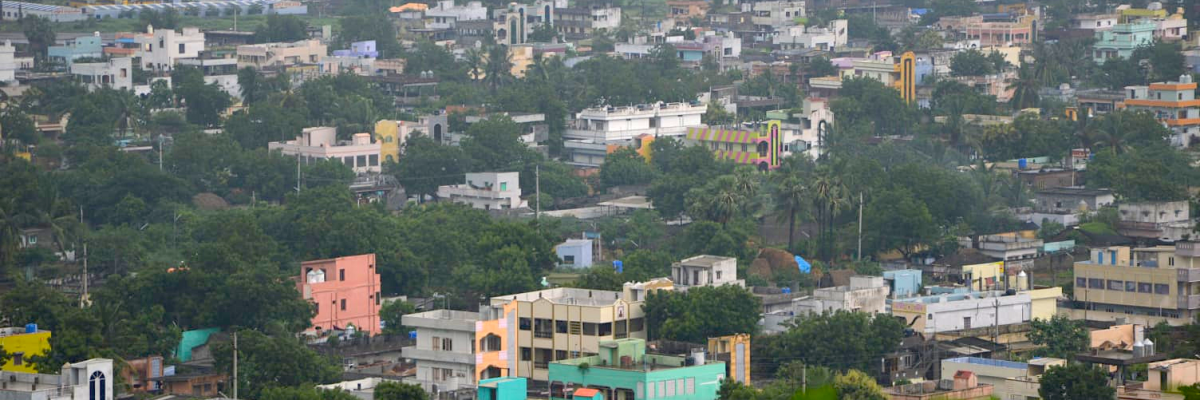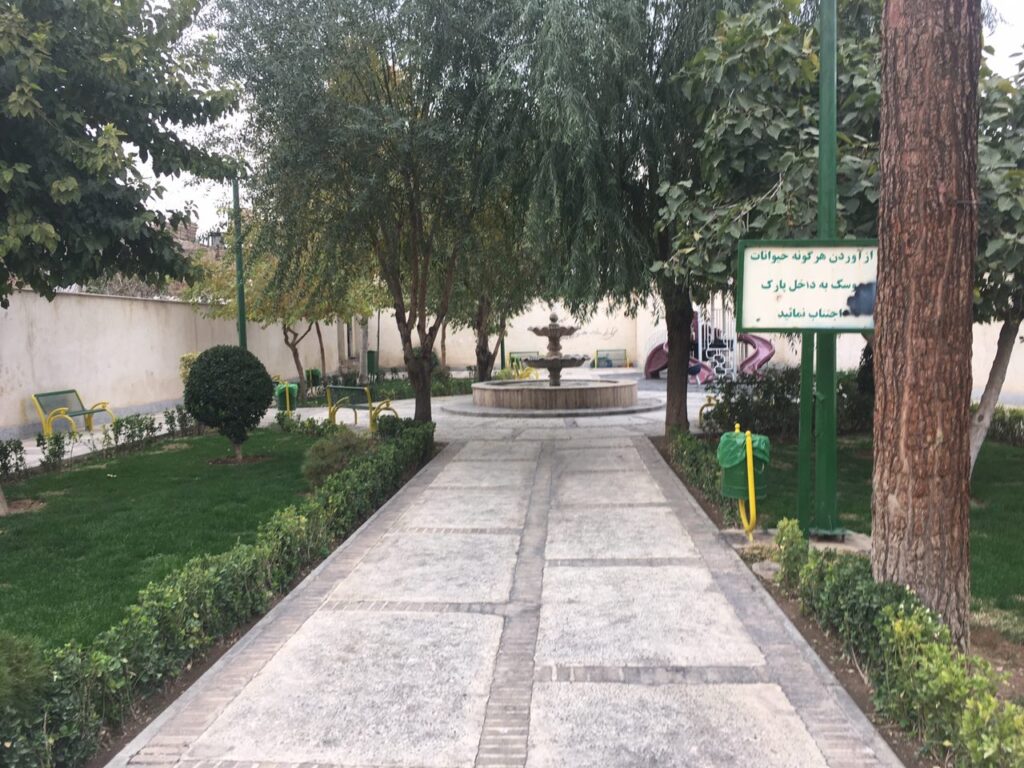City Know-hows

Target audience
Urban planners, real estate developers, decision-makers involved in infrastructure projects.
The problem
Urban sprawl attributes to the growth of the city on the outskirts. This phenomenon takes place organically. In many cases it has been noticed that sprawl engulfs most potential land suitable for agriculture. On the other hand, it also creates better economic opportunities and living conditions. Hence the growth seems to have both positive and negative impact based on the extent of the change in land use and landcover. There is an urgent need to address this issue due to the impact of sprawl on the environment.
What we did and why
We have undertaken a comparative analysis of 10 cities across the globe. Significant variation in geography, climate and governance have led to variations in urban pattern between Asian and Western Cities and also variations between the Asian Cities. The distribution of the studies is such that seven of the case studies are in Asia, two in America and one in Africa. The identified cities are mainly state capitals and growing metropolises that are rapidly spreading around its edges.
Our study’s contribution
The study consolidates ‘key drivers’ of sprawl in the selected cities. These are: formation of new townships, availability of cheaper land banks, construction of highways, and industrial development and economic opportunities.
The impacts observed are: loss of agricultural lands, development of slum dwellings, environmental degradation, loss of open spaces and green belts, and increased travel leading to increase in carbon footprint.
The study also consolidates a range of GIS tools and models that are used in sprawl analysis and can help in modelling future trends.
Impacts for city policy and practice
The use of GIS as a tool to study the ground reality conditions comes in handy, especially in places where field work is difficult to be carried out. The high-resolution datasets that are available from various organization, and advanced algorithmic analysis allow us to study current trends and predict future directions in a more precise manner. These tools play a major role in the process of decision makers, planners, and policy makers.
Further information
Not available.
Full research article:
Understanding urban sprawl trends in peri urban regions across global cities – survey of case studies by A. R. Narayani and R. Nagalakshmi.
Related posts

Place qualities affect people’s place identity, attachment, and behaviour, as well as their emotional, psychological, and social well-being. This is core to healthy cities, urban futures and public health.

Examining the urban environment is critical for enhancing mental well-being, necessitating the identification of relevant indicators to inform strategic interventions aimed at improving mental health outcomes.

Discover how local environments shape resident well-being. Our study reveals the profound impact of physical and social neighbourhood features on adults’ quality of life. Uncover the key elements that make a community thrive and their implications for urban planning and policy.